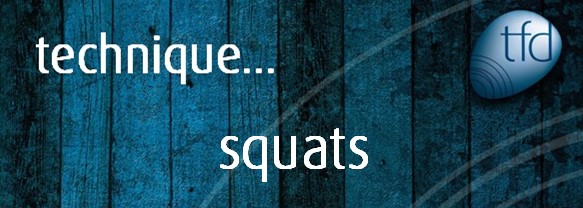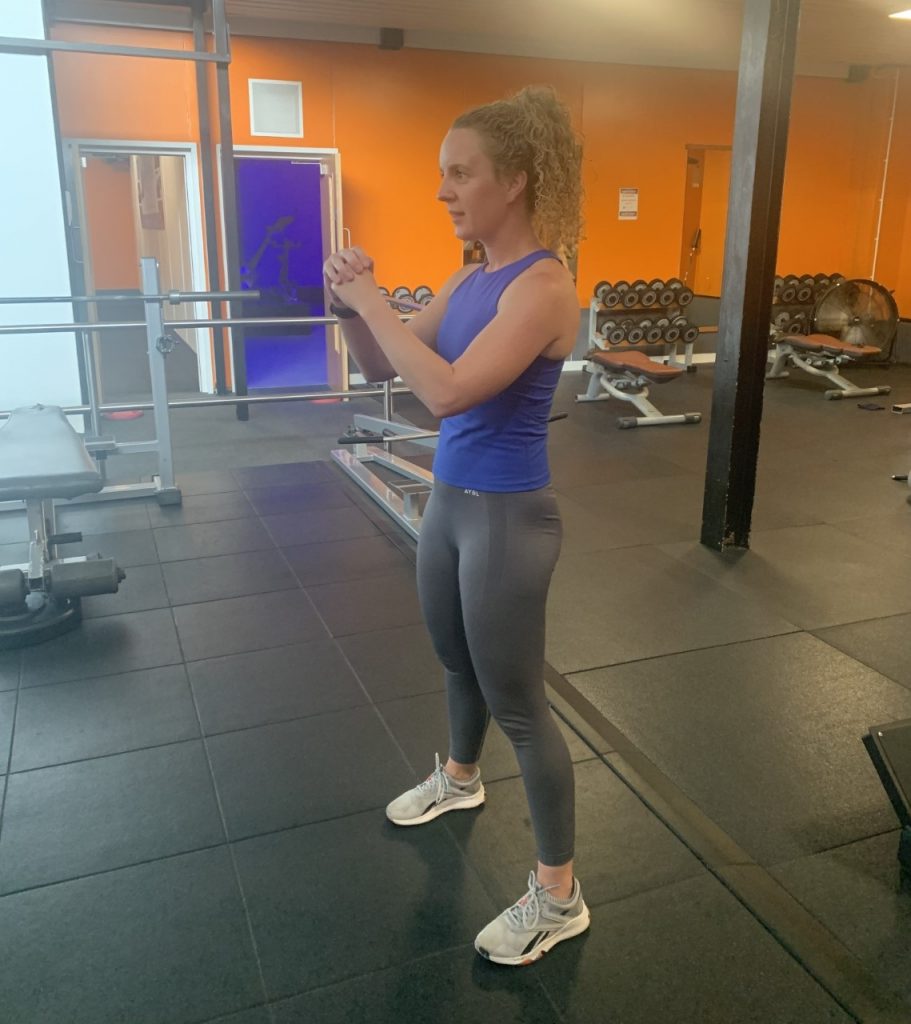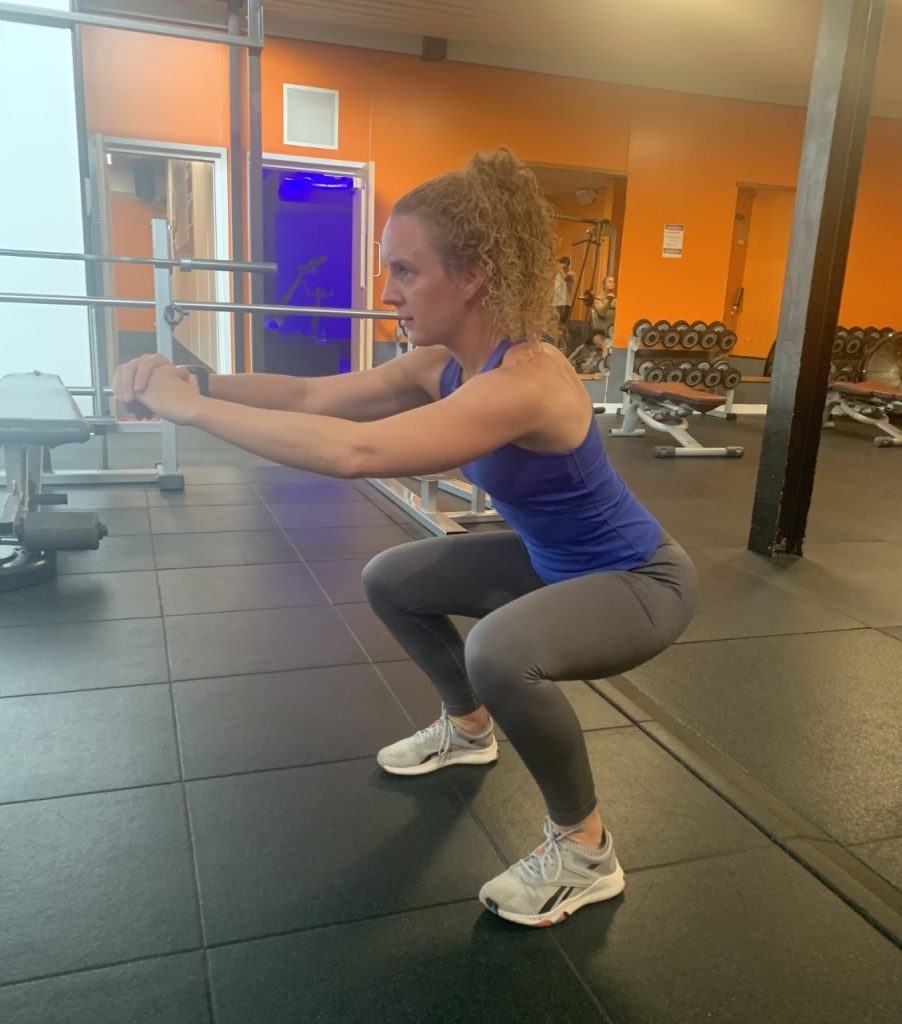Squats are known as a compound exercise meaning multiple joints move and muscles work to execute it. It is also included in the “big 5 lifts” so if that doesn’t emphasise how beneficial they can be then I don’t know what does!
A squat is a basic everyday movement that anyone can perform, just take a look at toddlers…they can perform a perfect squat with incredible depth naturally! So why as adults do we sometimes struggle with our squat form? Generally the “use it or lose it” rule applies where our muscles and joints get tight from lack of movement or they get retrained in a slightly different way over time from our day to day activities, or lack of it.
Everyone’s squat may look slightly different depending on several variables including your body composition (torso to femur ratio can change exactly how your squat looks) and mobility (primarily hip and ankle). Having a longer torso and shorter femur will make it easier for you to hit good squat depth whilst maintaining more of an upright position and the weight over your feet which is where we want it. Whereas if you have a longer femur than torso, you will find that you need to lean forwards more to keep the weight over your feet (having good lower body mobility will make things easier for you in this instance)! Small adjustments such as slightly raising your heels can help with ankle mobility and therefore range of motion through dorsiflexion, this will allow the knees to travel further forwards whilst keeping your feet flat on the floor and weight through them throughout the squat.
As always, there are endless options to increase the difficulty of a squat once you have mastered them bodyweight.
So, where do you start with a squat?
Start with your feet approximately hip width apart and your toes either parallel or very slightly pointing out. Begin with a hip hinge (your upper body bending slightly forwards from your hips) and sending your bum back and down as you bend your knees to lower through the movement as if you are going to sit down on a low chair. Keeping the weight in your heels will take any pressure off your knees – you shouldn’t feel it here. Your head and chest should be up with your back straight and core tight.
As you lower yourself down keep an eye on your knees to check they aren’t creeping in as this will put unnecessary stress on them and could cause you injury – a good judge for your knee position is getting them to follow the line of your toes which should very slightly be facing outwards. Knees creeping in can also be a sign that your weights are a little too heavy so try dropping these to perfect your form before increasing them again.
Which muscles should you be feeling?
Squats will primarily target your quads and glutes, although your hamstrings, calves and core will be working hard to assist and keep you stabilised.
Core engagement is key…this will ensure your back stays flat throughout and that everything is strong! Tensing your abs as if you are about to take a punch to the stomach is the feeling you should be aiming for and maintain this as you lower and drive up.
How low should you really be going?
You should aim to squat as deep as you can to get the most engagement from your muscles whilst maintaining the correct form (as mentioned before this could look different for everyone). If you feel your form beginning to suffer, whether your back starts to round or heels begin to lift off the floor then that is deep enough to begin with. The more you practise this movement, the stronger and more mobility you will get, which will result in you being able to squat lower over time.
If you can get your thighs approximately parallel to the floor (or lower) then this is great, however don’t push it if you cannot do this just yet. As a guide your torso should be in line with or more upright than your tibia (shin) when you are at the bottom of your squat.
What are some other squat variations to try once you have mastered the basics?
- TRX squat
- Goblet squat
- Barbell back squat
- Split squat
- Box squat
- Overhead squat
- Barbell front squat
Ask one of the team if you need a hand checking your squat form or trying a new progression!



